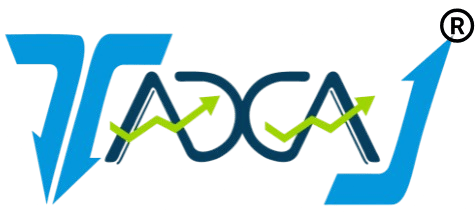Patent Registration
Once your patent is registered, you get the intellectual property right to an invention. You can do it by forming a company or as an individual. If it is unique, the government will grant you the full right to your product. It gives you the full privilege of making, using, branding, selling or importing the product or process. At the same time, you can prohibit others from doing any business related to your patent. The patents in India are governed by the Patent Act 1970 and Patent Rules 1972. The patent validity is 20 years. This period is limited unless an extraordinary event of congress could only extend it, and in rare cases, tenure could be extended for a few years. The patent could be for many things, be it process, art, a method to manufacture, particular apparatus, machine, computer software, technical application, chemicals or drugs.
File your Patent Registration application online through TAXAJ. Get help with GST registration procedure, eligibility and documents required.
It usually takes 6 to 12 months, depending upon government approval.
- Session with TAXAJ Expert
- Filing of Application for Patent
- Follow up till you secure the approval
- Any business or individual wanting to protect their work.
- Purchase of Plan
- Expert Assigned
- Upload documents on vault
- Application filed with IPR Authority
- Follow up with Authority
- Approval Letter
- Patent application in form-1
- Proof of right to file the application of patent. This proof could either be attached at the end of application or along with it.
- If complete specifications is not available, then provisional specifications.
- In the case of provisional specifications, then complete specification in form-2 within 12 months.
- Statement and undertaking under section-8 in form-3 (if applicable).
- If patent application is filed by patent agent, then power of authority in form-26.
- If the application is for biological material, then the applicant is required to get permission from the National Biodiversity Authority, before the grant of the patent.
- The source of geographical origin should also be included in the case of biological material used in the innovation.
- All the applications must bear the signature of the applicant/authorized person/Patent attorney.
- The last page of the complete/provisional specification must be signed by the applicant/agent. Including the sign at the right bottom corner of the drawing sheets.
Types of Patent Application in India:
Ordinary application: This type of application is carried out when there are not any application or reference to any other application under process in the Indian Patent office. The priority date and filing date are the same for ordinary application.
PCT International application: PCT International application lets you to file the patent application in multiple countries and you can file it in up to 142 countries. It could take between 30-31 months from the international filing date to enter and claim protection in each country.
PCT National phase application: You can file this application within 31 months from the international filing date.
Requirements to get a Patent in India:
Requirements to get your invention patented
👉 Patentable subject matter: According to the Patents Act, section 3 and 4 contains the list of non-patentable subject matter. Your invention should not fall under this list.
👉 Inventive or non-obviousness: The subject matter you wish to get patented should not be obvious to experts in the field. That is, it should be technologically advanced or economically profitable to be patented.
👉 Novelty: The invention should be new and innovative. And so, it should not be used in public domain or elsewhere around the globe.
👉 Industrial applicability: Finally, this invention should be practical and usable in the industries or public domain.
Advantage of Patent Registration in India
👉 It keeps the competitors at bay, as you have all the rights reserved to yourself.
👉 Moreover, it increases your business revenues as it enables the patent holder to charge premium for the invention.
👉 These patents are just like other forms of property. Hence, it is possible to license or sell them.
👉 It makes it easier to raise capital for your business, if you are ready to sell or license the patent that you possess.
👉 The credibility of the inventor will go up after the patent registration is done.
👉 The selling of the idea outright will bring in much advantage to the inventor. It only brings royalty of 5% or less, but it is highly advantageous to people who have the idea but doesn’t have enough money to bring the invention to the market themselves.
Rules of Patent Registration in India
👉 The first schedule of the Patent Act, describes the fee payable.
👉 10% additional fee is charged in case of documents are filed physically.
👉 The inventor can pay the fee using electronic means, in case, demand draft or banker’s cheque.
👉 The fee would be paid to the Controller of Patents.
👉 If the application is transferred from a natural person to a person other than a natural person (entity/institution), then the balance amount will be paid by the new applicant.
👉 The same is with the case of start-ups. That is, if the application is transferred from a natural person to a person other than a natural person, then the difference amount will be paid by a person to whom the application is transferred.
👉 The fee once paid, will not be refunded. Unless, some excess amount is paid to the Controller of the Patents.
👉 The fee can be paid in advance of the application process.
👉 Some amount of fee can be refunded, if the application is withdrawn before the first statement of objection is issued. The amount specified is mentioned in the First Schedule of the Act.

